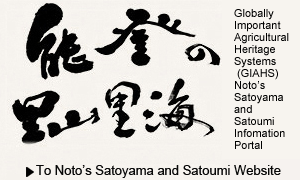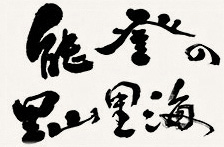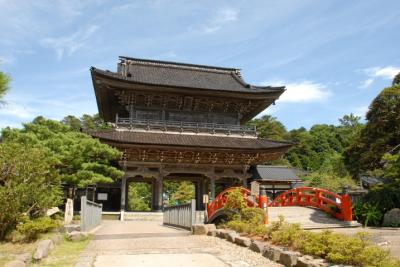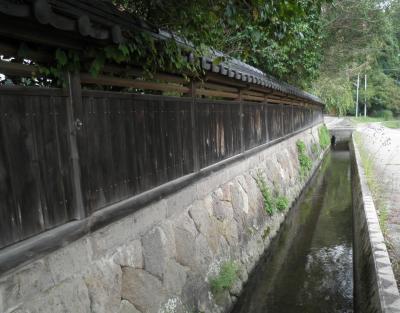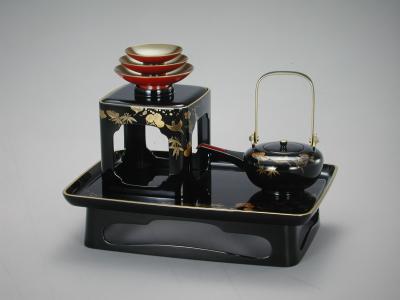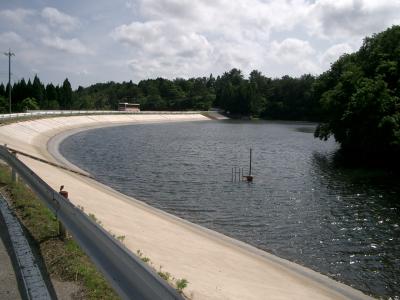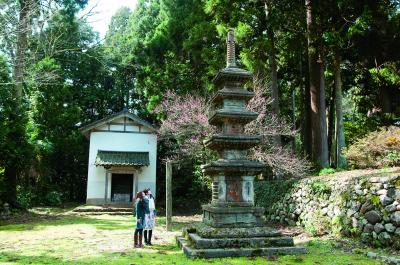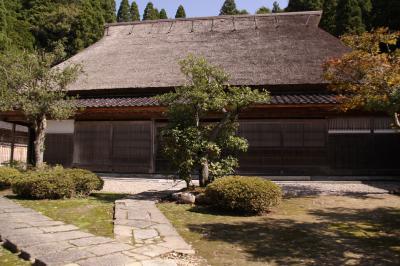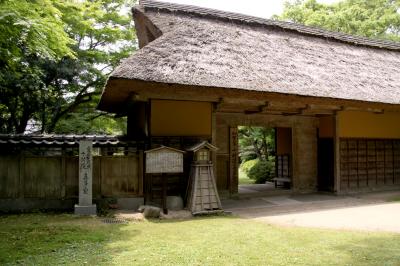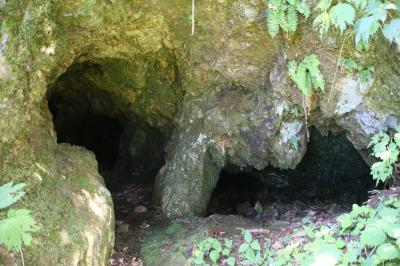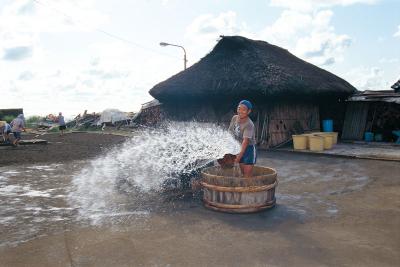
Name
Soji-ji Soin Temple, Daihonzan of Soto Zen School
Category
History
Class
Belief
Age
11th century~16th century
Designation
Prefecturally designated tangible cultural properties: Soji-ji Kyozo (repository for Buddhist scriptures) (October 1967), Color-on-paper flower and bird painting attributed to Motonobu (February 1969), Color-on-paper portraits of King Bimbisara and Vaidehi (February 1969), Ink-on-paper dragon and waves painting of the Chinese Yuan dynasty (February 1969), Color-on-silk portraits of the 16 arhats of the Chinese Ming dynasty” (February 1968), Gilt-bronze five-pronged Vajra bell” (February 1968), Box with peach and long-tailed bird drawing (October 1975)
Comment
This old temple of Soto Zen Buddhism was founded in 1321 by Keizan Shôkin, who is thought to have built the foundation for the Soto Zen School and is called “Taiso.” As the headquarters of missionary activities, the temple played an important role in expanding the school from the medieval period through the early modern period. Most of the temple buildings were burnt down in a big fire in 1898, and the head-temple functions were transferred to Soji-ji Temple in Tsurumi Ward, Yokohama City in 1911. The temple’s name was changed to the current one from Soji-ji Betsuin in 1969. On the 20,000-tsubo grounds (one tsubo = about 3.3m2) are seven reconstructed buildings, as well as Jiun-kaku, which escaped the fire and is considered the oldest hall of the temple, Dento-in, which was reconstructed in 1693, and Kyozo (repository of Buddhist scriptures), which Maeda Yoshinori, the 6th lord of the Kaga domain, donated. The temple’s atmosphere enables us to imagine how it was in its heyday as the head temple of the Soto School. Seven items are designated as cultural properties by the prefectural government, and 20 by the municipality.
Tangible cultural properties designated by Wajima City: Dento-in (March 2004), Jiun-kaku (Kannon-do hall) (March 2004), Wooden sitting statue of Kanzeon Bosatsu (June 1998), Wooden standing statue of Amida Nyorai (March 2004), Urushi lacquered Box for kesa (Buddhist monks’ vestments) (January 1961), Imperial rescript hanging scroll with embroidery (March 1964), Tenryu-ji celadon flower vase (March 1964), Temple bell (Densho) (May 1977), Tea bowl (produced by Nonko) (December 1985), Tea bowl (Gimhae kiln, scratched pattern) (December 1985), Sojiji Soin Taiso-do hall front door (June 1987), Soji-ji Soin Fuzo-in Temple name plaque (June 1987), Soji-ji Soin Tôsen-an Temple plaque (June 1987), Kansho bell (March 2004), Dai-toro lantern (March 2004), Yamaoka Tesshu Calligraphy on fusuma) (March 2004)
Tangible folk cultural property designated by Wajima City: Votive picture tablet with picture of Manzai Kyogen (December 1985)
Monument designated by Wajima City: Kowashudo (June 1987)
Tangible cultural properties designated by Wajima City: Dento-in (March 2004), Jiun-kaku (Kannon-do hall) (March 2004), Wooden sitting statue of Kanzeon Bosatsu (June 1998), Wooden standing statue of Amida Nyorai (March 2004), Urushi lacquered Box for kesa (Buddhist monks’ vestments) (January 1961), Imperial rescript hanging scroll with embroidery (March 1964), Tenryu-ji celadon flower vase (March 1964), Temple bell (Densho) (May 1977), Tea bowl (produced by Nonko) (December 1985), Tea bowl (Gimhae kiln, scratched pattern) (December 1985), Sojiji Soin Taiso-do hall front door (June 1987), Soji-ji Soin Fuzo-in Temple name plaque (June 1987), Soji-ji Soin Tôsen-an Temple plaque (June 1987), Kansho bell (March 2004), Dai-toro lantern (March 2004), Yamaoka Tesshu Calligraphy on fusuma) (March 2004)
Tangible folk cultural property designated by Wajima City: Votive picture tablet with picture of Manzai Kyogen (December 1985)
Monument designated by Wajima City: Kowashudo (June 1987)
Material Link
Views
Access number:10352

